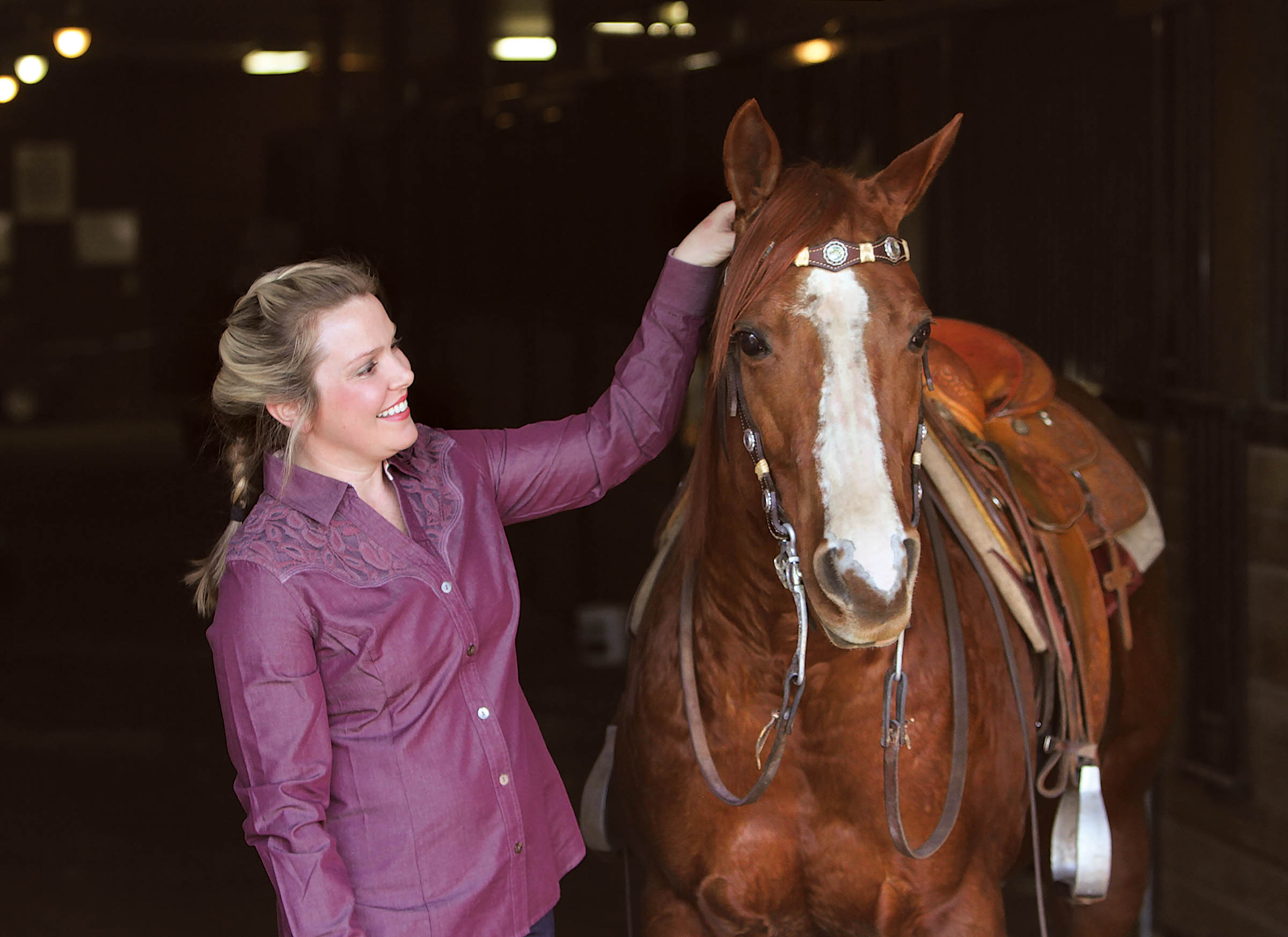
A clean, sweet-smelling barn makes for happier horses—healthier, too, as muck that causes bad smells can, over the long term, also damage equine respiratory systems and hooves. Here’s what you need to consider to ensure you’re maintaining your barn in as fresh a condition as possible.
Regular cleaning. When left overlong in your horse’s stall, the naturally occurring ammonia and other substances in urine and manure can irritate his lungs, contributing to respiratory illnesses such as pneumonia and heaves. It can also weaken his hooves. So muck stalls out at least daily, and when you do, dig for urine spots, using a broad shovel to scrape out all wet bedding. Rubber stall mats will enable you to economize on bedding while still keeping your barn nice and clean. (Just be sure mats are installed properly, so urine can’t collect underneath them.)
Adequate drainage. Stalls and pens that drain well ease the cleaning process and reduce mud in wet weather. How your barn is positioned on your property can negatively affect drainage and cause mud problems; in that event, well-placed gutters and downspouts can help to divert runoff and keep mud from accumulating near barn entrances or in stall runs.
Barn-Fresh Helpers
These commercial products are designed to help eliminate ammonia and keep stalls—and your whole barn—sweeter-smelling.Sweet PDZ: A popular clay/zeolite product available in granular or powder form. Non-hazardous and non-toxic. Captures, neutralizes, eliminates ammonia and odors (sweetpdz.com).
Odor-No-More: A flaky powder consisting of micro-nutrient salts and fine, kiln-dried fiber. Blended to control moisture and odor (odornomore.com).
Stall Dry Plus: Granules of diatomaceous earth and clay plus antimicrobial ingredients. Provides ammonia control and deodorization; helps absorb moisture (absorbentproductsltd.com).
Bye Bye Odor: A non-toxic microbial liquid available as spray or concentrate. Formulated to reduce ammonia levels (spalding-labs.com).
Proper ventilation. An adequate airflow within your barn minimizes ammonia buildup (plus reduces eye and lung irritation from accumulated dust and hay/bedding particles). If you’re constructing a new barn, work with a farm-building contractor to choose a design that offers sufficient ventilation while avoiding drafts; strategically placed vents and exhaust fans will help. To make do with the barn you already have, keep doors and windows open as much as weather permits, even blanketing your horse if need be to keep him warm in winter in a setup with good cross ventilation.
Handy helpers. What if you keep your barn clean, dry, and well ventilated, but want to go that extra mile for the freshest possible effect? Consider one of the many products available to further reduce ammonia and moisture in stalls and other areas of your barn (see box). Barn lime (calcium carbonate, or ground-up limestone) is a less expensive option, though modern products specially designed for use in horse stalls are safer overall and less dusty. (Calcium hydroxide—“hydrated lime”—is caustic and should never be used.)






